What are Seaplanes?
Seaplanes are a category of aircraft designed to take off from and land on water. They combine features of both ships and airplanes, allowing them to operate in aquatic environments while still retaining the capability to fly. Seaplanes are typically equipped with pontoons (also known as “floats”) instead of the traditional landing gear found on land-based aircraft, although some seaplanes, called “flying boats,” have a hull-shaped fuselage which allows them to float.
Seaplanes
-
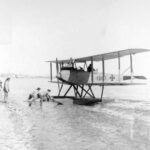 1914 - Friedrichshafen FF.33
1914 - Friedrichshafen FF.33
-
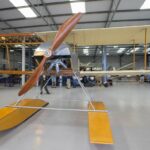 1914 - Sopwith Tabloid
1914 - Sopwith Tabloid
-
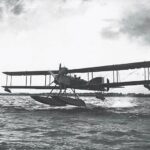 1915 - Short Type 184
1915 - Short Type 184
-
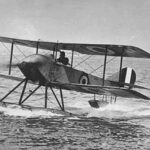 1915 - Sopwith Baby
1915 - Sopwith Baby
-
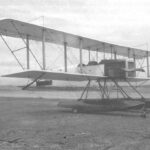 1916 - Boeing Model 1
1916 - Boeing Model 1
-
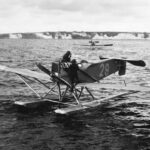 1918 - Hansa-Brandenburg W.29
1918 - Hansa-Brandenburg W.29
-
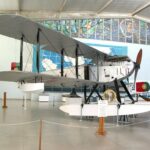 1919 - Fairey III
1919 - Fairey III
-
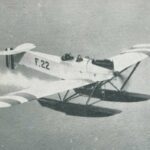 1919 - Hansa-Brandenburg W.33
1919 - Hansa-Brandenburg W.33
-
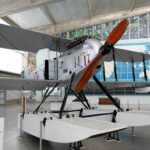 1920 - Fairey IIID
1920 - Fairey IIID
-
 1921 - Vickers Viking IV
1921 - Vickers Viking IV
-
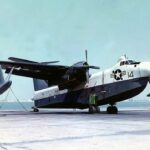 1952 - Martin P5M Marlin
1952 - Martin P5M Marlin
-
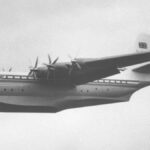 1952 - Saunders-Roe SR.45 Princess
1952 - Saunders-Roe SR.45 Princess
-
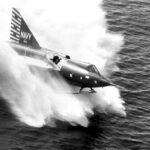 1953 - CONVAIR F2Y Sea Dart
1953 - CONVAIR F2Y Sea Dart
-
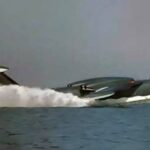 1955 - Martin P6M SeaMaster
1955 - Martin P6M SeaMaster
-
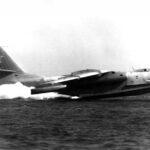 1961 - Beriev Be-10 (Mallow)
1961 - Beriev Be-10 (Mallow)
-
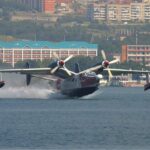 1961 - Beriev Be-12 Tchaika (Mail)
1961 - Beriev Be-12 Tchaika (Mail)
-
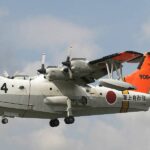 1971 - Shin Meiwa US-1
1971 - Shin Meiwa US-1
-
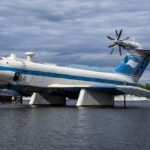 1979 - CHDB A-90 Orlyonok
1979 - CHDB A-90 Orlyonok
-
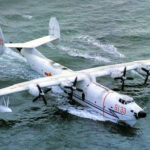 1986 - Harbin SH-5 (Shuishang Hongzhaji)
1986 - Harbin SH-5 (Shuishang Hongzhaji)
-
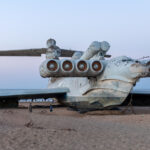 1987 - Lun-class Ekranoplan
1987 - Lun-class Ekranoplan
-
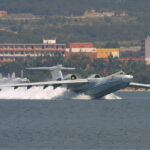 1989 - Beriev Be-42 Albatros
1989 - Beriev Be-42 Albatros
Types of Seaplanes:
- Floatplanes: These are conventional aircraft that have had their wheels replaced with one or more floats. They maintain the main structure of a traditional airplane but are adapted for water-based operations through the addition of pontoons.
- Flying Boats: The main body (or fuselage) of these seaplanes is boat-like, allowing them to float on water. The most distinguishing feature of a flying boat is its buoyant fuselage, which acts as the aircraft’s primary flotation device.
Uses of Seaplanes:
- Commercial Air Travel: In areas with vast water bodies or a lack of runways, seaplanes provide an effective means of transportation. They are especially popular in places with a multitude of islands, such as the Maldives, parts of Canada, and Southeast Asia.
- Recreational Activities: Seaplanes are often used for leisure activities, including sightseeing and accessing remote vacation spots, particularly in regions abundant with lakes and rivers.
- Cargo Transport: Seaplanes are employed in areas where it’s more feasible to transport goods by air over water rather than overland, especially in challenging terrains or regions lacking road infrastructure.
- Search and Rescue Operations: Due to their versatility in accessing hard-to-reach locations, especially in marine environments, seaplanes are invaluable in search and rescue missions.
- Firefighting: Some seaplanes, known as water bombers, are used to fight wildfires. They can scoop up large volumes of water from nearby lakes or oceans and then drop it over fires.
- Military: Historically, military forces used seaplanes for reconnaissance, anti-submarine warfare, and patrol missions. While their military role has diminished over the years, they still see some specialized use.
- Survey and Research: Seaplanes can be utilized for marine biology research, environmental surveys, and other scientific missions that require both aerial and water-based operations.
Seaplanes are a testament to the adaptability of aviation technology, bridging the gap between marine and airborne transport. While they may not be as commonly seen as their land-based counterparts, their unique capabilities ensure they remain valuable in specific contexts and regions around the world.